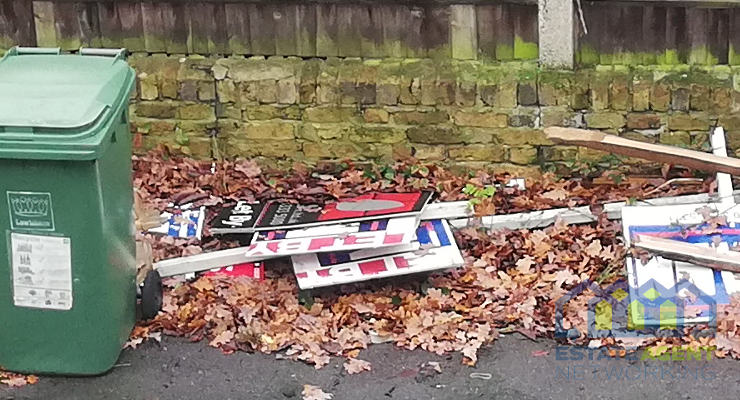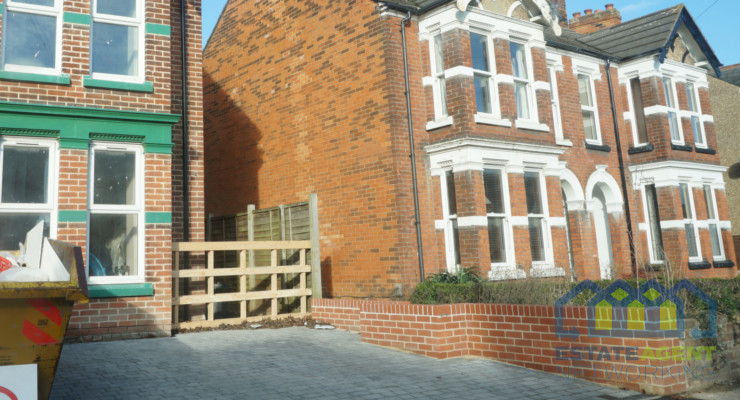The Slow Death of the High Street Agent.
Below is a quote from an otherwise good post that I read on LinkedIn a couple of days ago about how estate & letting agency is changing.
‘Of course, we still do pop in to our local estate agency during the buying/selling/renting process otherwise they would have all packed their cases by now and joined the online estate agency train‘.
I won’t beat around the bush, this is a complete misreading of why so many traditional estate/letting agents continue with their out-dated business model!
They stay with the traditional business model for a mixture of the following reasons:
a) they don’t think about it; b) they have thought about it but the change necessary is too big and scares them; c) the change is happening relatively slowly, so until their business noticeably drops away to cheaper competitors, they don’t see the need. (It will be too late by then of course but that’s up to them); d) they believe that the brand advertising their shop gives them is worth the extra cost.
Looking at the way the internet (particularly social media) has changed our society in the last 10-15 years and looking at how the property portals have changed the residential property dynamic between agents and buyers, I predict that in 10 years time there will a minimum 50% reduction in high street agents. Not necessarily a reduction in the number of agents overall – but a minimum 50% reduction of HIGH STREET agents.
But while it will make in-roads, I don’t think it will be the pure online agencies that will become the norm over that period.
No, I believe that the hybrid model will take over. And I don’t mean the large companies like Purplebricks and who are what I call ‘online+’.
I’m talking about genuinely local hybrid agents that give clients what they really want – quality, professional, local, face-face service but at a lower price because those agents don’t have the running costs of the high street agents.
I would urge all high street agents but particularly small independents who maybe aren’t doing as well as they would like while flogging themselves to death, to look at the costs associated with their business. Try and take a step back and be objective about what you really NEED to do in 2016 to sell or rent a property for your clients and then see how much of your cost base you could cut by ditching the stuff that was necessary in, say 1996, but simply isn’t necessary anymore.
You may not agree but I speak from experience; I made the transition starting with no clients, without borrowing money and in a town I haven’t lived in all my life (so no free clients I went to school with etc),
It is absolutely possible to make a success of it.
I now have MORE per transaction profit margin than my high street competitors while charging my clients LESS than those high street competitors.
WIN-WIN!
Later this year, I will be running a course covering the planning you need to do, the pitfalls to watch out for and the tips for success for any agent wanting to explore the change from traditional high street agent to a local quality service hybrid agent.
Good luck
Steve







